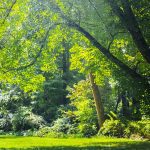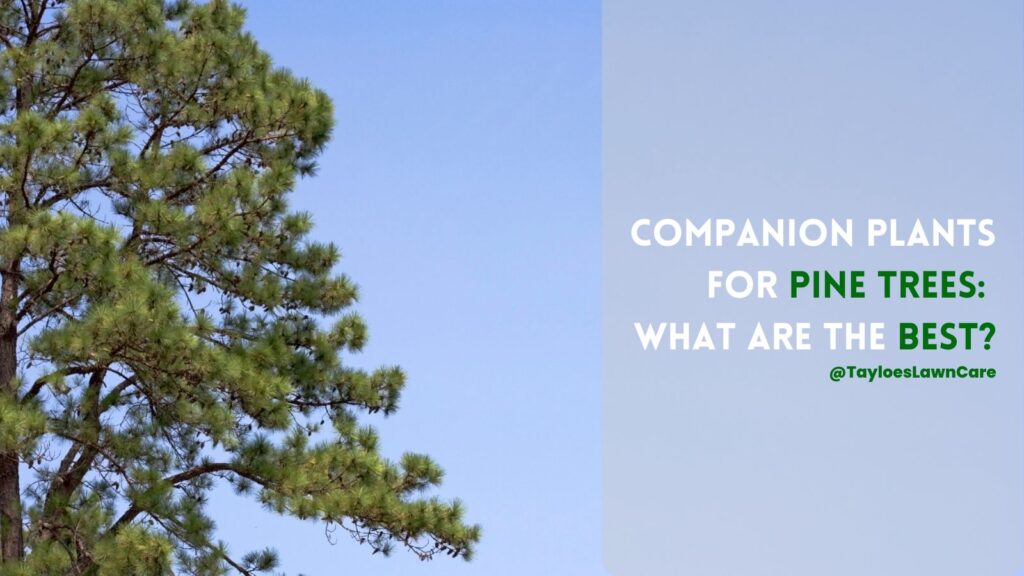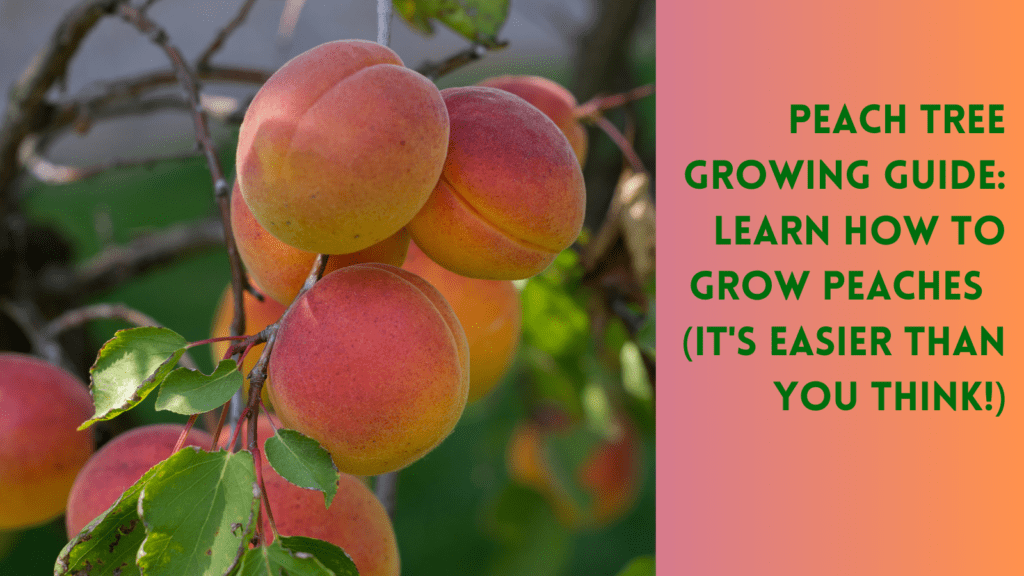Last Updated on: 8th October 2024, 08:37 am
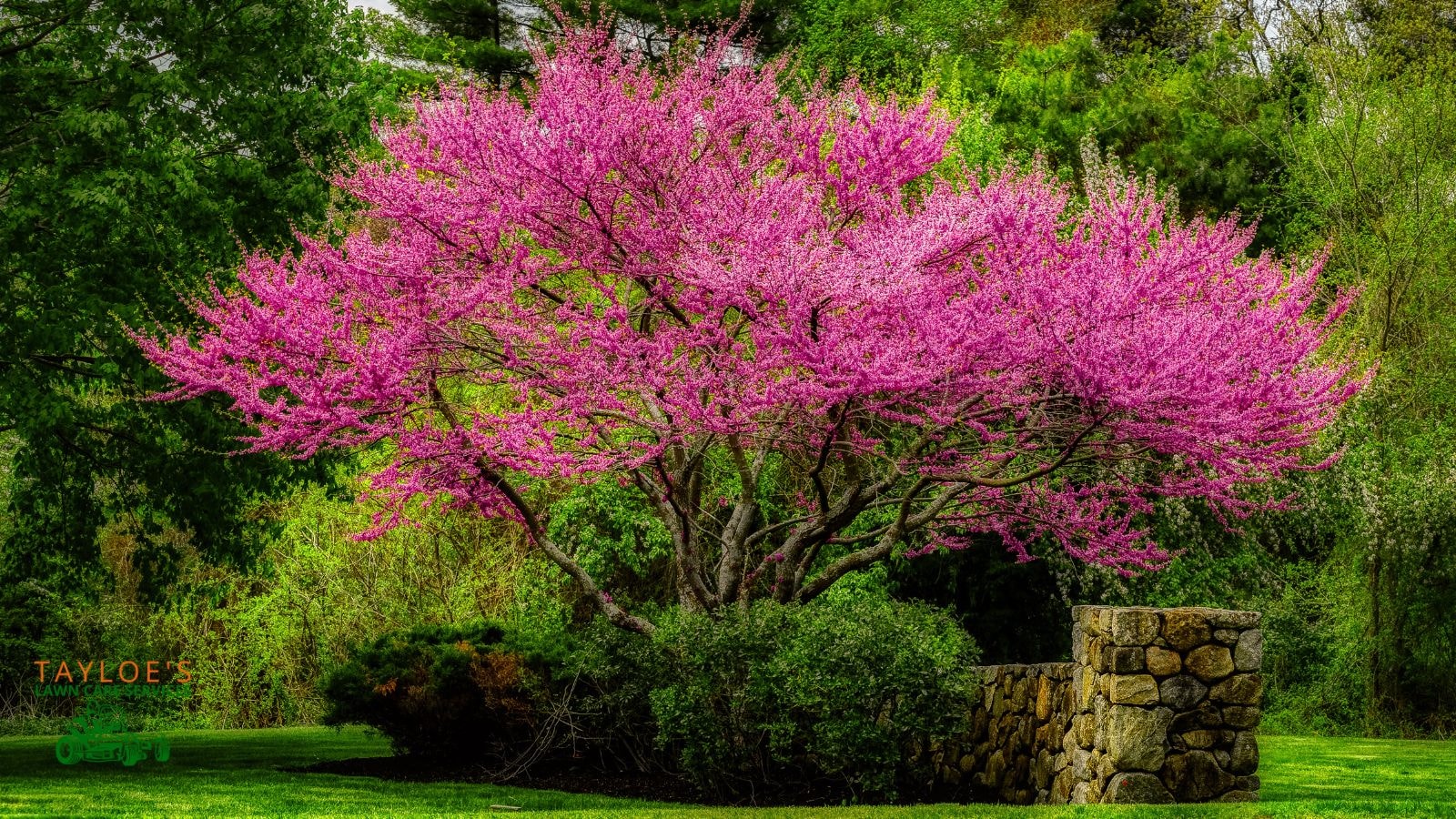
Here’s why the Eastern redbud is a favorite of North Carolina property owners.
The Eastern redbud tree is a dazzling herald of spring, transforming landscapes with its vivid purple-pink blooms before most other plants even awaken. With its unique heart-shaped leaves and sculptural form, it’s no wonder this tree is beloved in garden design.
Popular in gardens, it also holds a special place as the state tree of Oklahoma, where its striking presence is celebrated. Whether gracing a small courtyard or serving as an eye-catching focal point, the Eastern redbud combines ornamental beauty with ecological value, making it a must-have for any garden.
No doubt, you’ve witnessed its glamour or at least heard about it. The Eastern redbud’s stunning spring display is unmistakable.
But what exactly is this iconic tree, and what makes it such a garden favorite? In this guide, we’ll explore its beauty. You’ll also learn how to plant and care for it, so you can enjoy the lovely flowers.
What is a Redbud Tree?
The Eastern Redbud (Cercis canadensis) is a versatile tree or large shrub native to eastern North America. It thrives in mixed forests, especially in low-lying areas. Its range extends west to Texas and Oklahoma, reaching north to southern Iowa.
Growing 20-30 feet tall, with a short trunk and spreading branches, the Redbud forms a rounded or vase-like shape, especially when grown in open spaces. This deciduous tree is widely used in gardens and landscaping in USDA zones 4 to 9.
Redbud Profile Summary
Common Name: Eastern Redbud
Botanical Name: Cercis canadensis
Plant Type: Deciduous tree
Mature Size: Typically 20-30 feet tall and wide
Growth Rate: Moderate (1-2 feet per year)
Soil Type: Well-drained soil
Soil pH: Neutral to slightly alkaline (6.5-8.0)
Sun Exposure: Full sun to partial shade
Bloom Time: Early spring
Flower Color: Clusters of Rosy-pink to purple flowers
Hardiness Zones: USDA zones 4-9
Reasons to Love the Eastern Redbud Tree (Especially in the Early Spring)
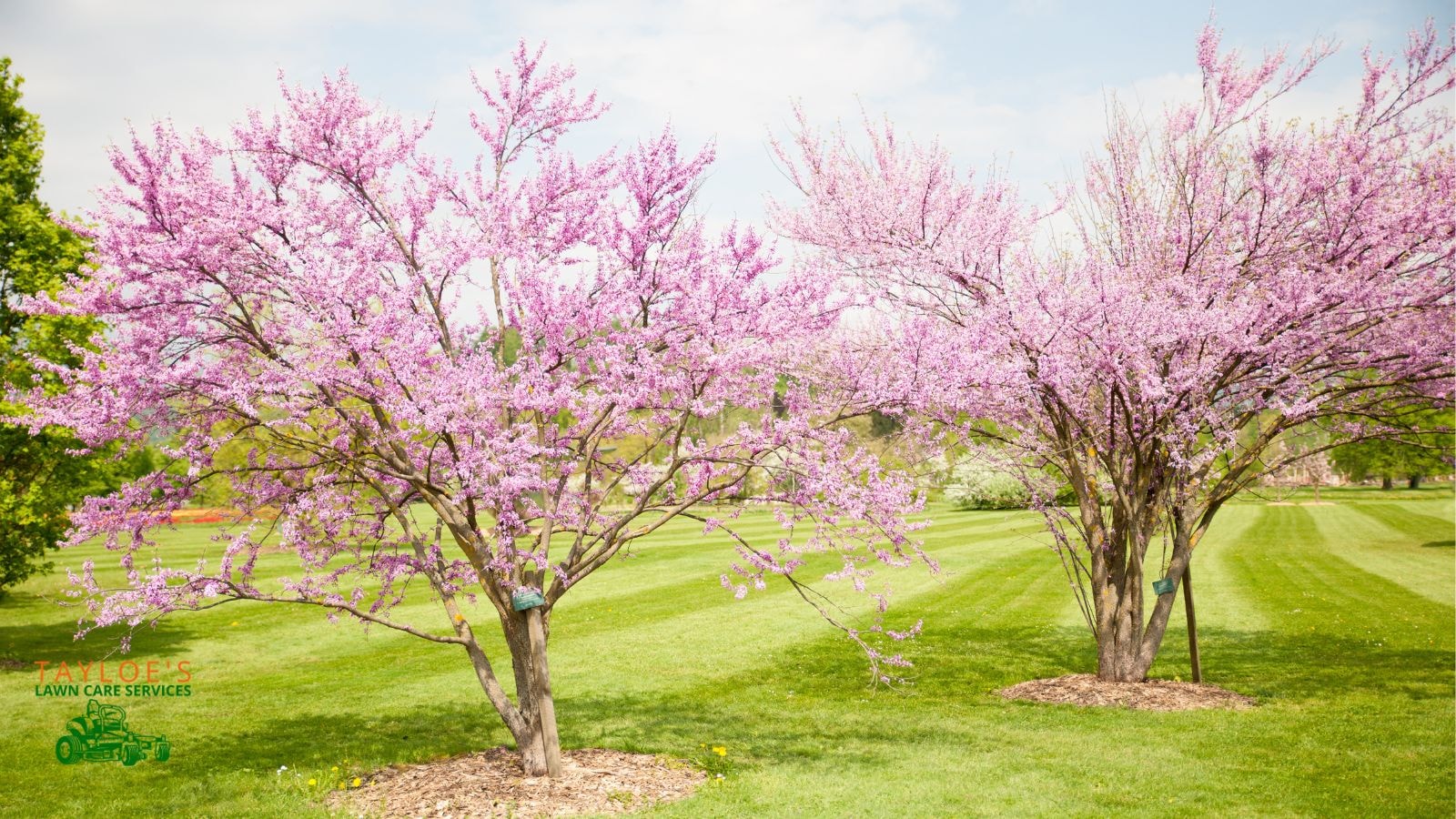
Spring Display: In early spring, clusters of rosy-pink flowers bloom right from the bark, adorning the tree. The heart-shaped leaves turn a lush dark green in early summer, adding another layer of beauty before glowing brilliant canary yellow in fall.
Elegant Multi-Trunk Form: With arching branches and multi-trunk shape, redbud adds a sculptural element to any landscape.
Unique Winter Interest: Eastern redbuds showcase small winter buds along their branches, hinting at the vibrant spring blooms to come. These buds give way to clusters of pea-like pods, which begin forming in late summer and remain on the tree throughout winter, adding visual interest even after the leaves have fallen.
Unmatched Versatility: Redbud trees’ redbuds bloom in both full sun and partial shade, in various soils. They can even be planted near black walnut trees without harm, as they’re immune to the juglone toxin produced by these trees. This resilience makes them perfect for challenging environments while providing stunning beauty in the landscape.
Choosing the Right Eastern Redbud Trees
Redbud trees offer various distinctive varieties, each bringing unique visual and design appeal to the landscape. Based on your space and style, consider these options:
Cercis canadensis ‘Forest Pansy’: It boasts rich, deep purple foliage and rose-colored flowers. As temperatures rise, the leaves take on a green hue In cooler climates, they retain their burgundy glow, adding elegance to any garden.
Cercis canadensis ‘Ruby Falls’: Perfect for small spaces, this small tree variety features cascading branches adorned with red-purple flowers. Its weeping form adds a sense of grace and movement to the landscape.
Cercis canadensis ‘Texas White’: A showstopper with its white flowers that contras with glossy, leathery green leaves.
Cercis canadensis ‘Merlot’: A hybrid of ‘Forest Pansy’ and ‘Texas White,’ Merlot has lustrous dark purple leaves and heat and drought tolerance. It’s perfect for tough climates, including hotter and arid regions like New Mexico, where thriving in challenging conditions is essential for water conservation and landscape longevity.
Cercis canadensis ‘The Rising Sun™: A kaleidoscope of color, its new leaves start apricot, shift to vivid gold, and mature into bright green.
Cercis canadensis ‘Appalachian Red’: It boasts distinctive bold almost neon-red blooms that set it apart from pink-flowered varieties.
Cercis canadensis ‘Hearts of Gold’: This variety flaunts brilliant golden-yellow foliage that holds its bright hue well into the summer, gradually transitioning to chartreuse, making it a focal point.
Cercis canadensis ‘Ace of Hearts’: A compact variety with a tidy, vase-like shape that requires little maintenance. Its heart-shaped leaves and rosy-pink flowers make it perfect for small gardens.
Cercis canadensis ‘Silver Cloud’: Stands out with its variegated foliage, where creamy white and pink splashes create a stunning contrast against green leaves, bringing interest to any landscape.
Cercis canadensis ‘Lavender Twist’: A compact, weeping variety with cascading branches and lavender-pink blooms, perfect for small spaces.
Cercis canadensis ‘Alba’: Elegant and refined, ‘Alba’ features white flowers that and a fresh, clean aesthetic, perfectly complemented by its light green foliage.
‘Oklahoma Redbud’: Known for its vibrant, deep rosy-purple flowers and glossy, dark green leaves. Its compact size and stunning blooms make it a standout.
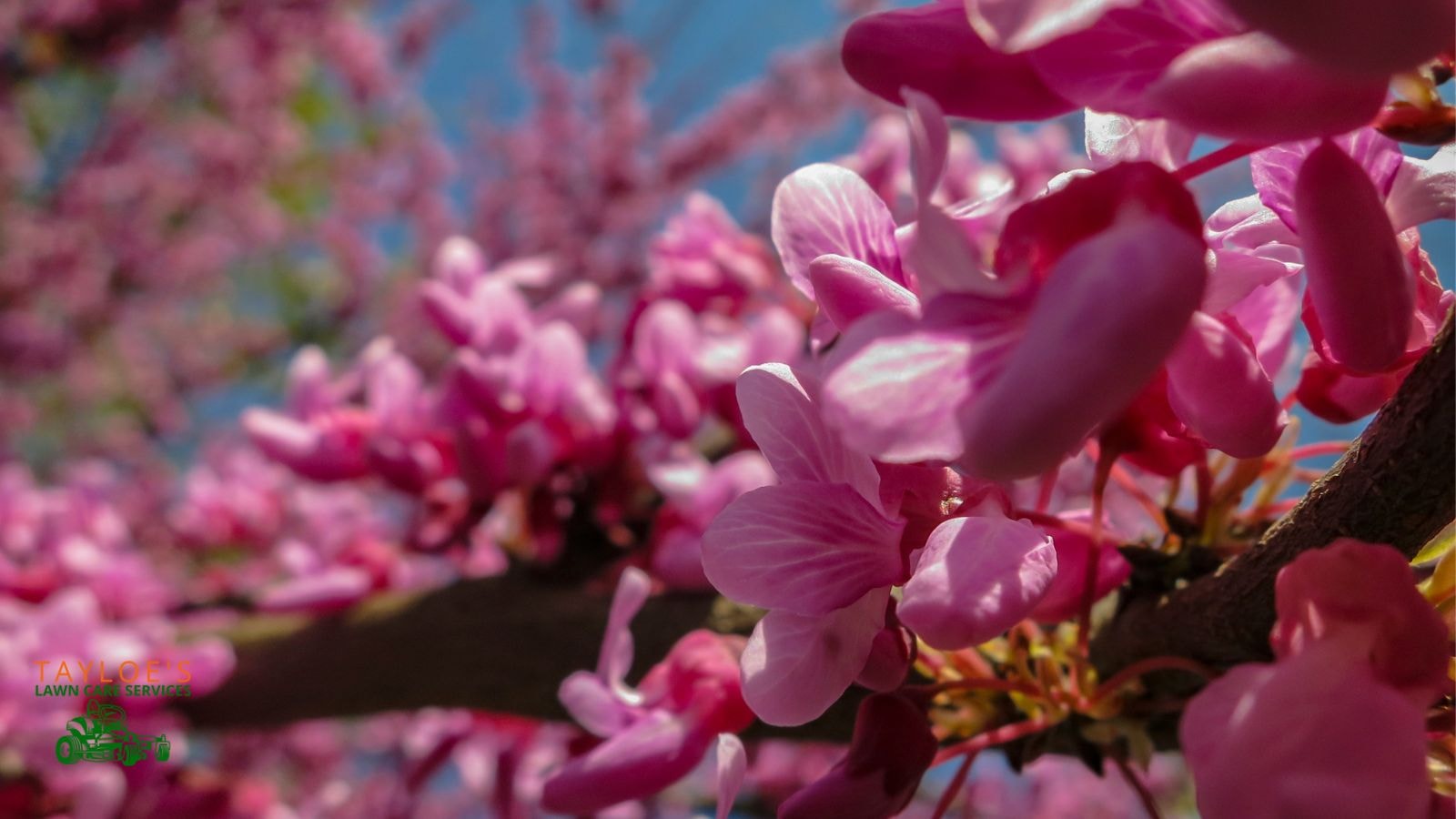
How to Plant and Care for the Eastern Redbud Tree
To ensure your Cercis canadensis, eastern redbud thrives, consider:
Site Selection
They’re best planted in full sun to part shade. While redbuds prefer well-drained soil, they are adaptable to various conditions.
A small tree, like ‘Forest Pansy’ or ‘Rising Sun’ benefits from ample space to grow, typically adding 1-2 feet per year. Their ability to thrive in diverse soil types makes them a versatile choice for many landscapes.
Planting
Dig a hole twice the width of the root ball. Ensure the root flare is even with the surrounding ground to prevent poor root development. Backfill the soil; water to help the roots settle.
Watering and Mulching
Water the young redbud trees regularly and deeply, especially in dry spells. As the trees mature, they become more drought-tolerant, requiring less regular watering. But it’s essential to keep the soil consistently moist during their first few years.
Apply 2-3 inches of mulch toretain soil moisture and protect the roots from temperature fluctuations.
Fertilization
While young redbuds benefit from regular feeding, older trees need less fertilization. However, a light application of a balanced, slow-release fertilizer in early spring can help maintain their vigor. They’ll continue to bloom beautifully and remain healthy while maturing.
Pruning and Maintenance
Prune your redbud in late winter or early spring, just before new growth starts. Since redbuds bloom on old wood, avoid heavy trimming of the wood, as it could reduce the flowers the next season.
Focus on removing dead, damaged, or crossing branches to improve the tree’s shape and health. Additionally, remove suckers that may appear at the base to maintain a clean, structured appearance.
Pruning encourages air circulation, reducing the risk of diseases and ensuring that your tree grows strong and healthy.
Overwintering
When young, redbud’s tender bark is highly susceptible to winter damage, including ice damage. To protect young trees, begin wrapping the trunk with commercial-grade tree wrap in late fall before the first frost (or early winter if temperatures haven’t dropped), to prevent sunscald and wind damage.
As the tree matures, its bark evolves into a rich dark reddish brown with a scaly surface and deep fissures, enhancing its natural defense against harsh winter conditions. Remove the wrap in early spring to prevent moisture buildup, which can cause disease.
If you hail from northern regions with harsher winters, such as the Midwest, consider the ‘Columbus strain’, a cold-hardy variety of Eastern Redbud suited to withstand extreme cold.
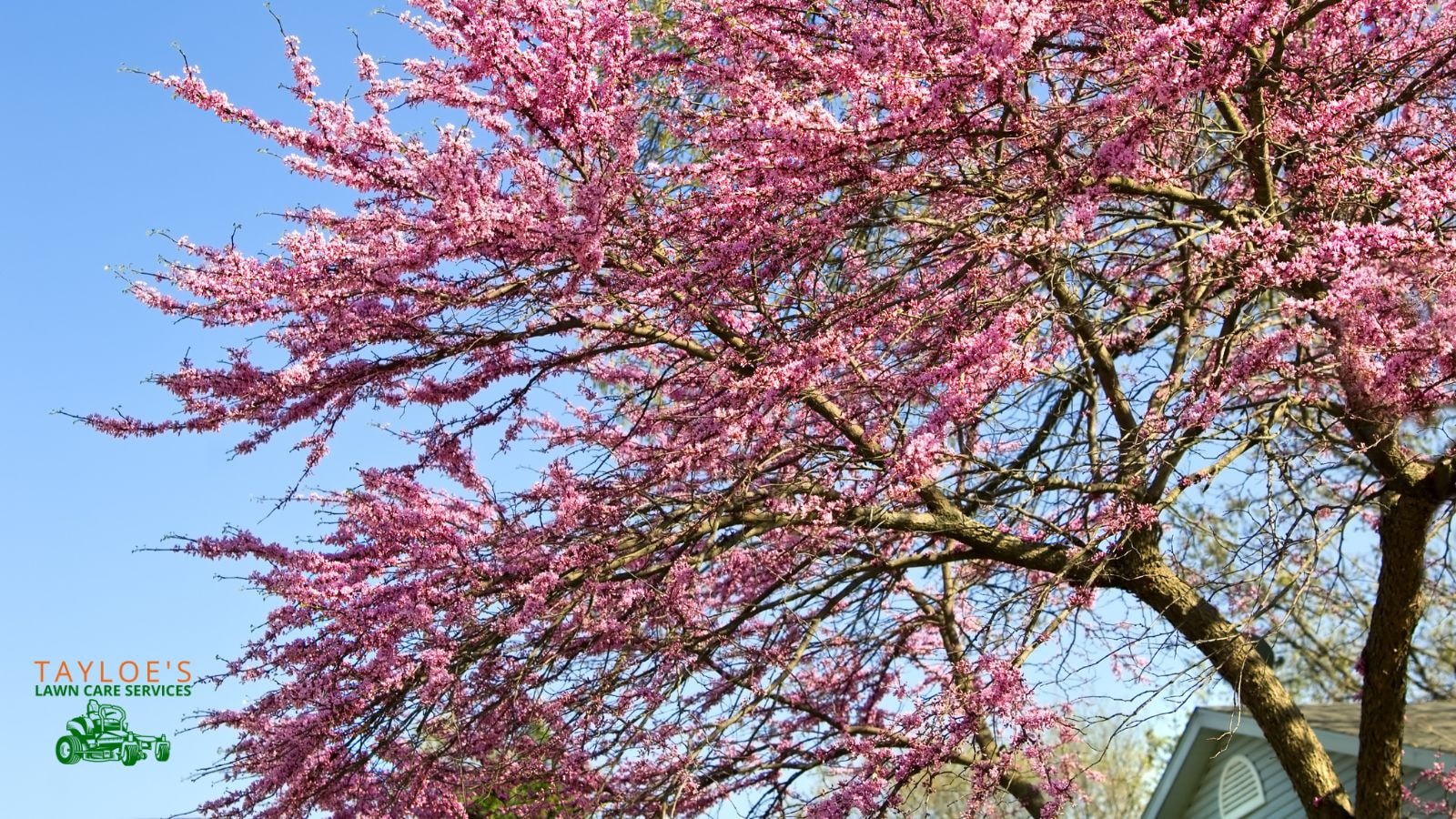
Common Redbud Plant Pests and Diseases
While generally hardy, Eastern redbuds can encounter issues like:
Leaf Spots: A fungal infection that may affect the tree’s foliage. Prune regularly and water properly to help prevent its spread.
Canker: Prune 3-4 inches below the affected area, ensuring tools are sanitized between cuts to prevent further infection.
Verticillium Wilt: Manage by trimming, deep watering, and fertilization to strengthen the tree.
Insect pests like caterpillars, leafhoppers, and Japanese beetles can damage leaves. Inspect regularly for pests and remove them.
Landscaping with Redbud Trees
Eastern redbud is versatile in many garden designs. As an understory tree, it provides interest beneath taller canopy trees, creating a visual flow from the ground up. Its early blooms attract many pollinators, including long-tongued bees.
Redbud can also serve as a specimen tree or in groups as a focal point during spring. Pair it with perennials or evergreens for a multi-layered garden.
Redbud Trees’ Growth Rate and Size
Eastern redbud trees grow moderately, adding 1-2 feet yearly. Over time, they reach 30 feet tall, forming a rounded crown with outstretched limbs. In a smaller garden or containers, consider ‘Rising Sun’ and ‘Ruby Falls.’
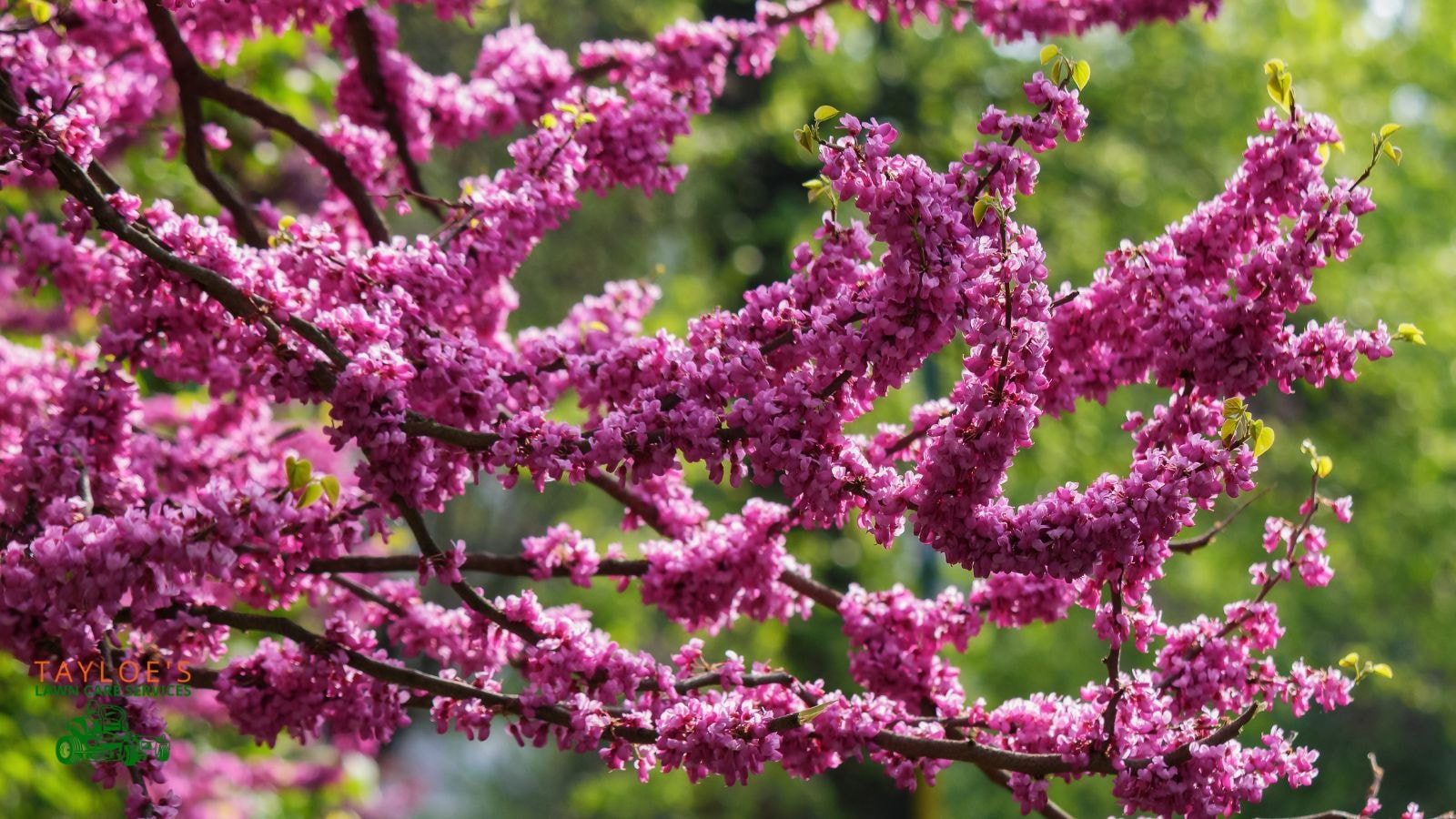
Whether You Need a Towering Focal Point or a Petite Accent, Redbud…
Delivers unmatched versatility for any landscape. As one of the first trees to burst into bloom in spring, this plant injects vibrant color when your garden needs it most.
Its graceful form, lush summer foliage, and striking seasonal interest make it a standout feature, whether you have a sprawling yard or a small, intimate space. With proper care, this adaptable tree plant offers beauty and ecological value that will enhance your garden for generations.
If you need help selecting and planting trees in your Bertie County or Hertford County yard, call or text Tayloe’s Lawn Care Services at 252.287.3376 or PM us on Facebook.
Author Profile

- Maureen Abuor
- Maureen Abuor is a professional content marketing strategist and SEO strategist, with particular knowlege of creating landscaping and gardening content that informs and delights her audience. When she's not working, she's a busy mother of three precious little ones and child of God.
Latest entries
 Lawn CareApril 29, 2025Best shady area grass seed for Eastern NC
Lawn CareApril 29, 2025Best shady area grass seed for Eastern NC GardeningApril 15, 2025How do I make organic soil for the garden?
GardeningApril 15, 2025How do I make organic soil for the garden? Flower GardenMarch 7, 2025What are wave petunias?
Flower GardenMarch 7, 2025What are wave petunias? Flower GardenMarch 3, 202520 Full-sun annuals for your spring and summer garden
Flower GardenMarch 3, 202520 Full-sun annuals for your spring and summer garden

